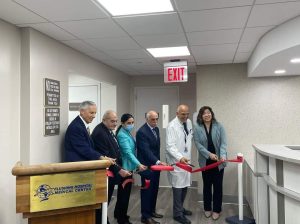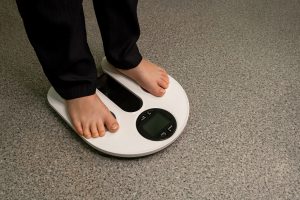The human papillomavirus (HPV) is a group of more than 200 types of viruses, some of which are sexually transmitted. It can affect anyone, regardless of sexual orientation. In the United States, it is the most common sexually transmitted infection.
HPV can be categorized as non-cancer causing and cancer causing. Two variants of human papillomavirus, HPV16, and HPV18 are the ones most commonly associated with cancer. HPV is responsible for 3% of all cancers in women and 2% of all cancers in men according to the Centers for Disease Control and Prevention.
It can take many years after becoming infected with cancer causing HPV, for cancer to potentially develop. People with compromised immune systems are at higher risk. According to the National Cancer Institute, the cancers that are most commonly associated with HPV and their incidence, include:
- Cervical cancer – almost all are caused by HPV
- Oropharyngeal cancer – approximately 70 % caused by HPV
- Anal cancer – approximately 90 % are caused by HPV
- Penile cancer – approximately 60% are caused by HPV
- Vaginal cancer – approximately 75% are caused by HPV
- Vulvar cancer – approximately 70% are caused by HPV
The HPV vaccine offers protection from most cancers related to HPV. It is recommended for children of both genders between the ages of 11 and 12. Speak to your physician if you would like to get tested for HPV, or to discuss getting the HPV vaccine. If you would like to schedule an appointment with a physician at Flushing Hospital Medical Center, please call 718-670-5486.
All content of this newsletter is intended for general information purposes only and is not intended or implied to be a substitute for professional medical advice, diagnosis or treatment. Please consult a medical professional before adopting any of the suggestions on this page. You must never disregard professional medical advice or delay seeking medical treatment based upon any content of this newsletter. PROMPTLY CONSULT YOUR PHYSICIAN OR CALL 911 IF YOU BELIEVE YOU HAVE A MEDICAL EMERGENCY.











